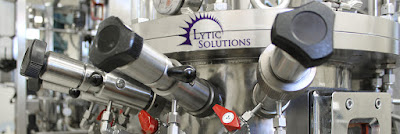Protein Purification through Affinity Chromatography: A Breakthrough by Lytic Solutions
Protein purification is a fundamental process in biochemical research, biotechnology, and pharmaceutical development. Accurate isolation of a specific protein from a complex mixture is crucial for understanding its function, structure, and potential applications. Over the years, various methods have been developed for protein purification, and one of the most powerful techniques is affinity chromatography. In this article, we delve into the revolutionary breakthrough in protein purification through affinity chromatography, brought to you by Lytic Solutions. The Significance of Protein Purification Proteins are the building blocks of life, playing essential roles in nearly every cellular process. Their diverse functions range from enzyme catalysis and immune response to cellular structure and signaling. To gain deeper insights into these functions, scientists need to study isolated proteins. However, proteins are often present in complex mixtures within cells, tissu...
